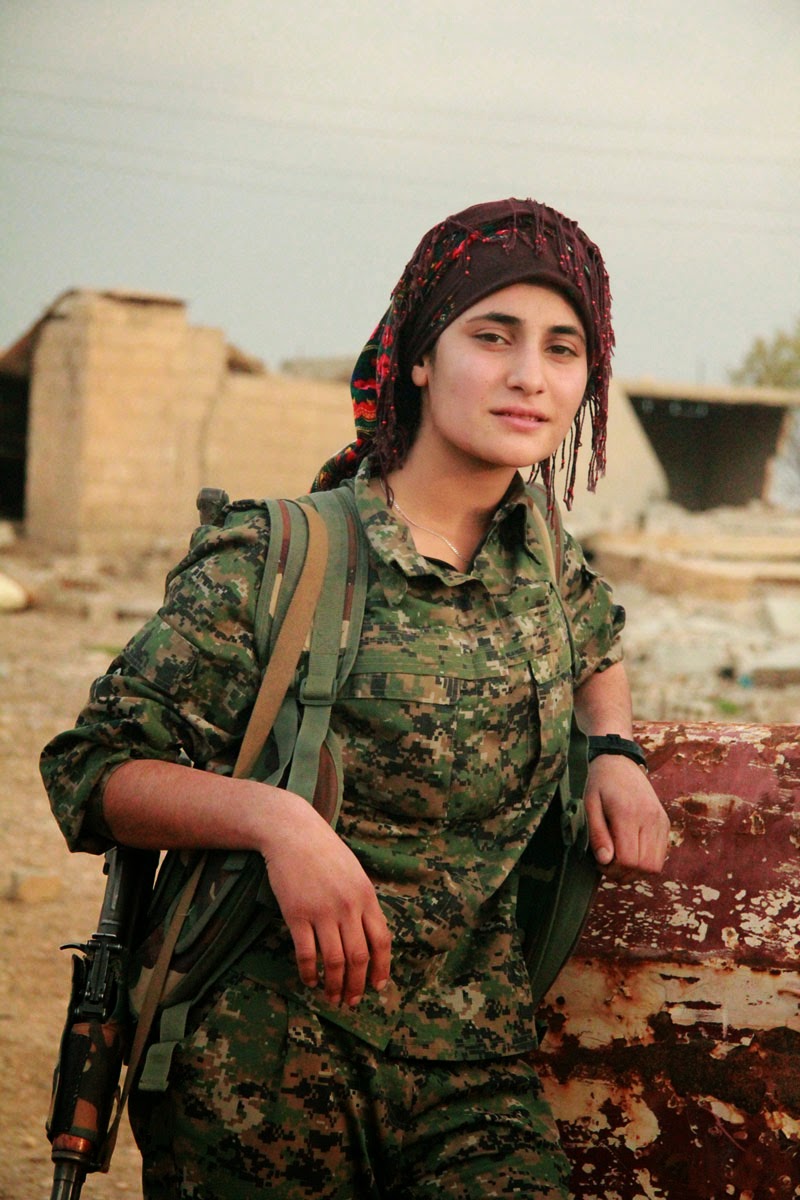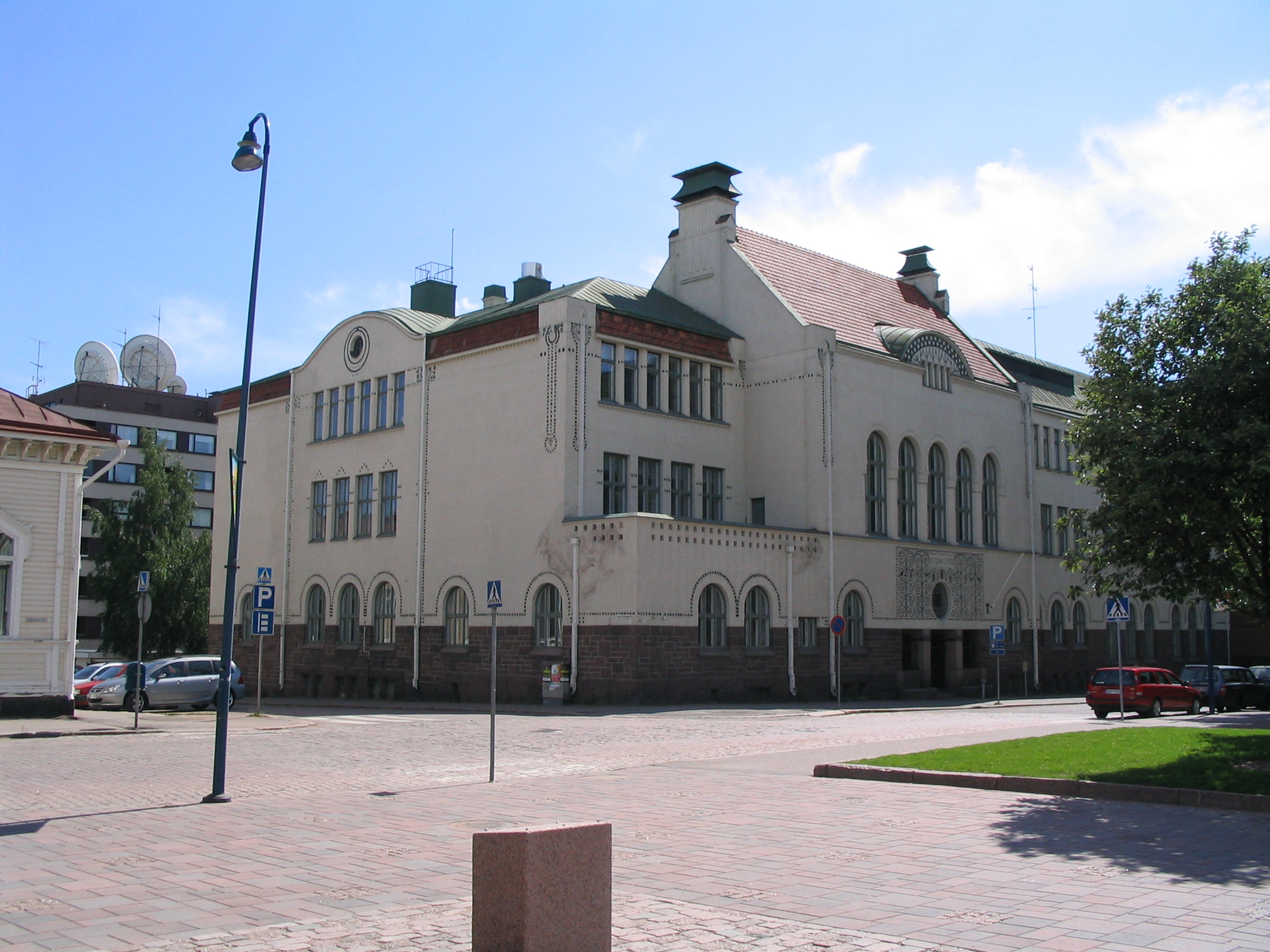|
Gymnasium (Germany)
''Gymnasium'' (; German plural: ''Gymnasien''), in the German education system, is the most advanced and highest of the three types of German secondary schools, the others being ''Hauptschule'' (lowest) and ''Realschule'' (middle). ''Gymnasium'' strongly emphasizes academic learning, comparable to the British grammar school system or with university preparatory school, prep schools in the United States. A student attending ''Gymnasium'' is called a ''Gymnasiast'' (German plural: ''Gymnasiasten''). In 2009/10 there were 3,094 gymnasia in Germany, with students (about 28 percent of all precollegiate students during that period), resulting in an average student number of 800 students per school.Federal Statistical office of Germany, Fachserie 11, Reihe 1: Allgemeinbildende Schulen – Schuljahr 2009/2010, Wiesbaden 2010 Gymnasia are generally public, state-funded schools, but a number of parochial and private gymnasia also exist. In 2009/10, 11.1 percent of gymnasium students ... [...More Info...] [...Related Items...] OR: [Wikipedia] [Google] [Baidu] |
Greek Language
Greek (, ; , ) is an Indo-European languages, Indo-European language, constituting an independent Hellenic languages, Hellenic branch within the Indo-European language family. It is native to Greece, Cyprus, Italy (in Calabria and Salento), southern Albania, and other regions of the Balkans, Caucasus, the Black Sea coast, Asia Minor, and the Eastern Mediterranean. It has the list of languages by first written accounts, longest documented history of any Indo-European language, spanning at least 3,400 years of written records. Its writing system is the Greek alphabet, which has been used for approximately 2,800 years; previously, Greek was recorded in writing systems such as Linear B and the Cypriot syllabary. The Greek language holds a very important place in the history of the Western world. Beginning with the epics of Homer, ancient Greek literature includes many works of lasting importance in the European canon. Greek is also the language in which many of the foundational texts ... [...More Info...] [...Related Items...] OR: [Wikipedia] [Google] [Baidu] |
Russian Language
Russian is an East Slavic languages, East Slavic language belonging to the Balto-Slavic languages, Balto-Slavic branch of the Indo-European languages, Indo-European language family. It is one of the four extant East Slavic languages, and is the native language of the Russians. It was the ''de facto'' and ''de jure'' De facto#National languages, official language of the former Soviet Union.1977 Soviet Constitution, Constitution and Fundamental Law of the Union of Soviet Socialist Republics, 1977: Section II, Chapter 6, Article 36 Russian has remained an official language of the Russia, Russian Federation, Belarus, Kazakhstan, Kyrgyzstan, and Tajikistan, and is still commonly used as a lingua franca in Ukraine, Moldova, the Caucasus, Central Asia, and to a lesser extent in the Baltic states and Russian language in Israel, Israel. Russian has over 253 million total speakers worldwide. It is the List of languages by number of speakers in Europe, most spoken native language in Eur ... [...More Info...] [...Related Items...] OR: [Wikipedia] [Google] [Baidu] |
Spanish Language
Spanish () or Castilian () is a Romance languages, Romance language of the Indo-European languages, Indo-European language family that evolved from the Vulgar Latin spoken on the Iberian Peninsula of Europe. Today, it is a world language, global language with 483 million native speakers, mainly in the Americas and Spain, and about 558 million speakers total, including second-language speakers. Spanish is the official language of List of countries where Spanish is an official language, 20 countries, as well as one of the Official languages of the United Nations, six official languages of the United Nations. Spanish is the world's list of languages by number of native speakers, second-most spoken native language after Mandarin Chinese; the world's list of languages by total number of speakers, fourth-most spoken language overall after English language, English, Mandarin Chinese, and Hindustani language, Hindustani (Hindi-Urdu); and the world's most widely spoken Romance language ... [...More Info...] [...Related Items...] OR: [Wikipedia] [Google] [Baidu] |
Berlin
Berlin ( ; ) is the Capital of Germany, capital and largest city of Germany, by both area and List of cities in Germany by population, population. With 3.7 million inhabitants, it has the List of cities in the European Union by population within city limits, highest population within its city limits of any city in the European Union. The city is also one of the states of Germany, being the List of German states by area, third smallest state in the country by area. Berlin is surrounded by the state of Brandenburg, and Brandenburg's capital Potsdam is nearby. The urban area of Berlin has a population of over 4.6 million and is therefore the most populous urban area in Germany. The Berlin/Brandenburg Metropolitan Region, Berlin-Brandenburg capital region has around 6.2 million inhabitants and is Germany's second-largest metropolitan region after the Rhine-Ruhr region, as well as the List of EU metropolitan areas by GDP, fifth-biggest metropolitan region by GDP in the European Union. ... [...More Info...] [...Related Items...] OR: [Wikipedia] [Google] [Baidu] |
Maulbronn Hof Und Kirche
Maulbronn () is a city in the district of Enz in Baden-Württemberg in southern Germany. History Founded in 1838, it emerged from a settlement, built around a monastery, which belonged to the Neckar Community in the Kingdom of Württemberg. In 1886, Maulbronn officially became a German town and was an administrative centre until 1938. The return of many displaced persons following the Second World War significantly raised the local population. Of particular note is the town's monastery, Maulbronn Abbey, which features prominently in Hermann Hesse's novel, '' Beneath the Wheel''. The former Cistercian monastery has been a UNESCO World Heritage Site since 1993. Legend has it that the settlement was founded by monks who followed a mule to a valley with a source of clean water. The valley was also blessed with large deposits of soft sandstone for building. The monks built the original abbey and erected a fountain to honour the mule. The town name means mule fountain. According to ... [...More Info...] [...Related Items...] OR: [Wikipedia] [Google] [Baidu] |
Feminist Movement
The feminist movement, also known as the women's movement, refers to a series of social movements and political campaigns for Radical politics, radical and Liberalism, liberal reforms on women's issues created by inequality between men and women. Such issues are Women's liberation movement, women's liberation, reproductive rights, domestic violence, Parental leave, maternity leave, Equal pay for women, equal pay, women's suffrage, sexual harassment, and sexual violence. The movement's priorities have expanded since its beginning in the 19th century, and vary among nations and communities. Priorities range from opposition to female genital mutilation in one country, to opposition to the glass ceiling in another. Feminism in parts of the Western world has been an ongoing movement since the turn of the century. During its inception, feminism has gone through a series of four high moments termed Waves of feminism, Waves. First-wave feminism was oriented around the station of middle ... [...More Info...] [...Related Items...] OR: [Wikipedia] [Google] [Baidu] |
Lyceum
The lyceum is a category of educational institution defined within the education system of many countries, mainly in Europe. The definition varies among countries; usually it is a type of secondary school. Basic science and some introduction to specific professions are generally taught. History ''Lyceum'' is a Latin rendering of the Ancient Greek (), the name of a ''gymnasium (ancient Greece), gymnasium'' in Classical Athens dedicated to Apollo Lyceus. Lyceum (classical), This original lyceum is remembered as the location of the peripatetic school of Aristotle. Some countries derive the name for their modern schools from the Latin but use the Greek name for the ancient school: for example, Dutch has (ancient) and (modern), both rendered ''lyceum'' in English (note that in classical Latin the ''C'' in was always pronounced as a ''K'', not a soft ''C'', as in modern English). The name ''lycée'' was retrieved and utilized by Napoleon in 1802 to name the main secondary educatio ... [...More Info...] [...Related Items...] OR: [Wikipedia] [Google] [Baidu] |
Bundesarchiv B 145 Bild-F010221-0001, Bad Honnef, Gymnasium Nonnenwerth
The German Federal Archives or Bundesarchiv (BArch) (, lit. "Federal Archive") are the national archives of Germany. They were established at the current location in Koblenz in 1952. They are subordinated to the Federal Commissioner for Culture and the Media ( Claudia Roth since 2021) under the German Chancellery, and before 1998, to the Federal Ministry of the Interior. On 6 December 2008, the Archives donated 100,000 photos to the public, by making them accessible via Wikimedia Commons. History The federal archive for institutions and authorities in Germany, the first precursor to the present-day Federal Archives, was established in Potsdam, Brandenburg in 1919, a later date than in other European countries. This national archive documented German government dating from the founding of the North German Confederation in 1867. It also included material from the older German Confederation and the Imperial Chamber Court. The oldest documents in this collection dated back to the ... [...More Info...] [...Related Items...] OR: [Wikipedia] [Google] [Baidu] |
Mein Kampf
(; ) is a 1925 Autobiography, autobiographical manifesto by Nazi Party leader Adolf Hitler. The book outlines many of Political views of Adolf Hitler, Hitler's political beliefs, his political ideology and future plans for Nazi Germany, Germany and the world. Volume 1 of was published in 1925 and Volume 2 in 1926. The book was edited first by Emil Maurice, then by Hitler's deputy Rudolf Hess.Robert G.L. Waite, ''The Psychopathic God: Adolf Hitler'', Basic Books, 1977, pp. 237–243 Hitler began while imprisoned following Beer Hall Putsch, his failed coup in Munich in November 1923 and a trial in February 1924 for high treason, in which he received a sentence of five years in fortress confinement (). Although he received many visitors initially, he soon devoted himself entirely to the book. As he continued, he realized that it would have to be a two-volume work, with the first volume scheduled for release in early 1925. The governor of Landsberg Prison noted at the time th ... [...More Info...] [...Related Items...] OR: [Wikipedia] [Google] [Baidu] |
Hitler
Adolf Hitler (20 April 1889 – 30 April 1945) was an Austrian-born German politician who was the dictator of Nazi Germany from 1933 until Death of Adolf Hitler, his suicide in 1945. Adolf Hitler's rise to power, He rose to power as the leader of the Nazi Party, becoming Chancellor of Germany#Nazi Germany (1933–1945), the chancellor in 1933 and then taking the title of in 1934. His invasion of Poland on 1 September 1939 marked the start of the Second World War. He was closely involved in military operations throughout the war and was central to the perpetration of the Holocaust: the genocide of Holocaust victims, about six million Jews and millions of other victims. Hitler was born in Braunau am Inn in Austria-Hungary and moved to German Empire, Germany in 1913. He was decorated during his service in the German Army in the First World War, receiving the Iron Cross. In 1919 he joined the German Workers' Party (DAP), the precursor of the Nazi Party, and in 1921 was app ... [...More Info...] [...Related Items...] OR: [Wikipedia] [Google] [Baidu] |
National Socialism
Nazism (), formally named National Socialism (NS; , ), is the far-right totalitarian socio-political ideology and practices associated with Adolf Hitler and the Nazi Party (NSDAP) in Germany. During Hitler's rise to power, it was frequently referred to as Hitler Fascism () and Hitlerism (). The term "neo-Nazism" is applied to other far-right groups with similar ideology, which formed after World War II, and after Nazi Germany collapsed. Nazism is a form of fascism, with disdain for liberal democracy and the parliamentary system. Its beliefs include support for dictatorship, fervent antisemitism, anti-communism, anti-Slavism, anti-Romani sentiment, scientific racism, white supremacy, Nordicism, social Darwinism, homophobia, ableism, and the use of eugenics. The ultranationalism of the Nazis originated in pan-Germanism and the ethno-nationalist '' Völkisch'' movement which had been a prominent aspect of German ultranationalism since the late 19th century. Nazism was ... [...More Info...] [...Related Items...] OR: [Wikipedia] [Google] [Baidu] |








